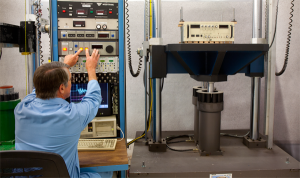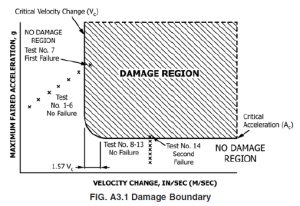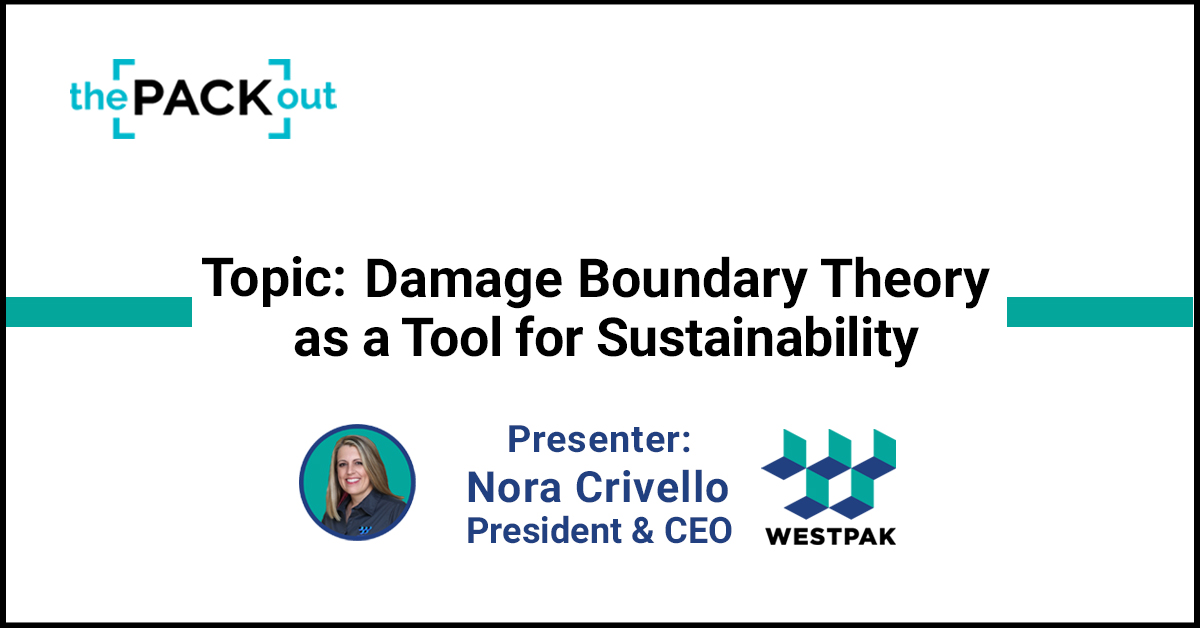Nora Crivello, WESTPAK, Inc.’s President and CEO, delivers “Damage Boundary Theory as a Tool for Sustainability” to the[PACK]out conference attendees on May 10, 2023, in Austin, Texas.
The Damage Boundary approach, described in ASTM D3332, determines product fragility (the reciprocal of ruggedness). The test data can be used to evaluate and improve a product’s ruggedness and help to create the optimal package.
An optimal package system uses the least material to protect the product during distribution. With product fragility data, designers can determine the best package cushion type and minimum thickness, thereby reducing costs, minimizing environmental impact, and contributing to Sustainability goals.
This capability establishes Damage Boundary Theory as a Sustainability Tool.

The ASTM D3332 protocol describes two test methods by which a product’s shock fragility can be determined. Referencing Fig A3.1 (below), a mechanical shock test machine is used to estimate the product’s “damage region” by determining its velocity change and critical acceleration values.

WESTPAK’s Reference section contains valuable information on the topic.
Whitepaper: Product Fragility Analysis Made Easy
Webinar: Applying Damage Boundary Principles to Save Product and Packaging Costs
